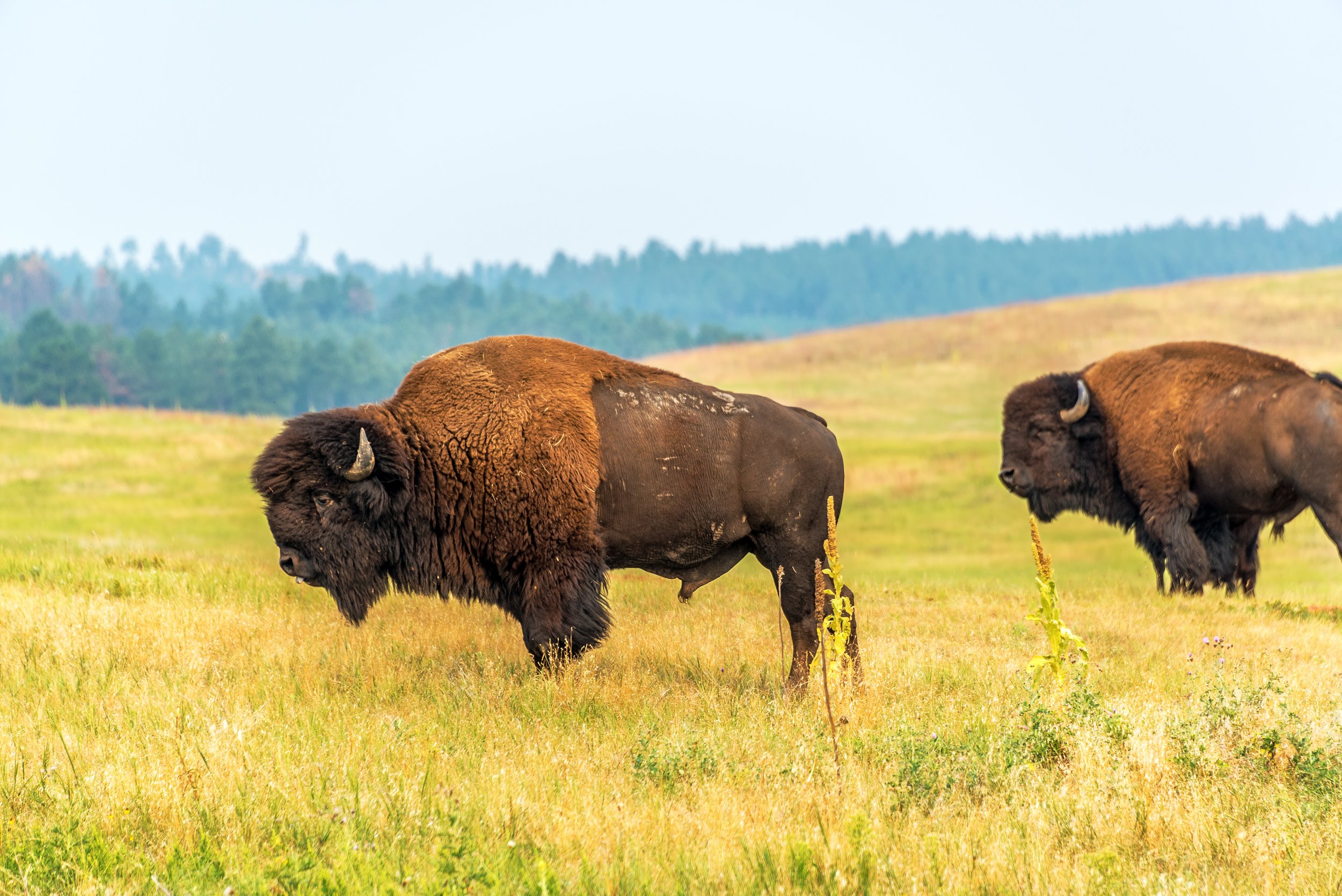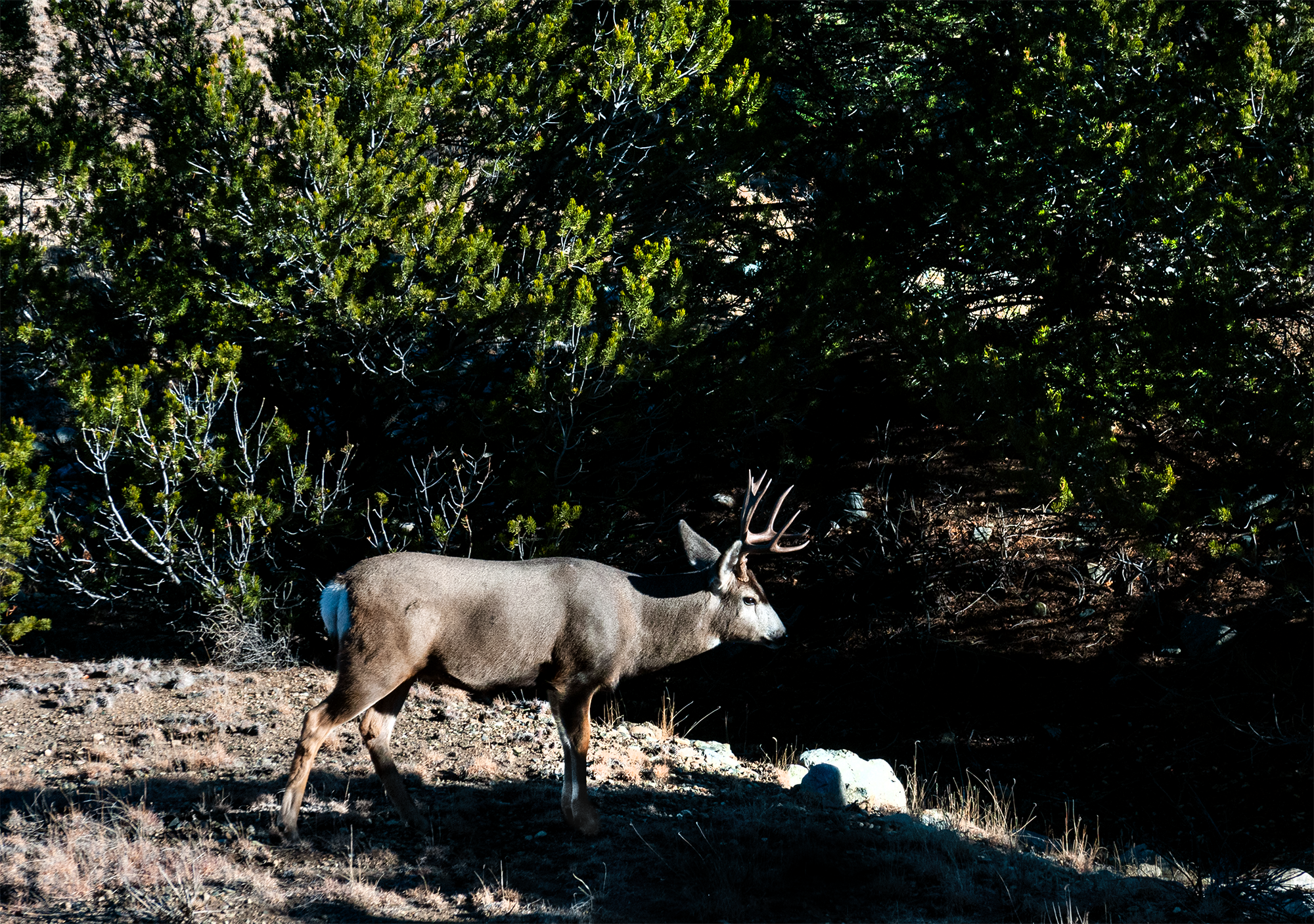Click to enlarge
Zapata Ranch - A living legacy in Colorado’s San Louis Valley
Zapata Ranch, nestled in the heart of Colorado's San Luis Valley, is a place where the rich tapestry of history, culture, and conservation converges. This expansive ranch, which sprawls across 103,000 acres, offers a glimpse into the lives of the early ranchers who braved the rugged landscape and harsh weather to carve out a living. Today, Zapata Ranch is a symbol of both historical significance and modern conservation efforts.
Early Days
The San Luis Valley was once the northern border of the Spanish Empire. Spaniards entered the valley around 1599 in search of gold and religious conquest. Spanish explorers thought the plains bison were water buffalo and tried to domesticate these wild animals. On the eastern side of the valley, the indigenous Ute people demonstrated bison hunting for the visiting Spaniards. Without appreciating the violence a 2500 pound Buffalo can do, the Vaqueros (Spanish cowboys) accidentally stampeded a herd of 500 bison resulting in many horses killed. Needless to say the idea of domestication was abandoned.
Early ranchers of the 1800’s faced many challenges, including extreme weather conditions and isolation. They built sturdy, functional homes using materials readily available in the region. Adobe structures, characterized by their thick, earthen walls mized or filled with straw, were common. These homes provided excellent insulation against both the summer heat and winter cold, reflecting the settlers' ingenuity and adaptation to their environment.
Ranch life in those days was demanding. Families relied on livestock and agriculture for their livelihoods, with cattle and sheep grazing the valley's vast grasslands. The community was tightly knit, with neighbors often coming together to help with large tasks such as branding cattle or harvesting crops.
The Transition to Conservation
In 1999, Zapata Ranch entered a new chapter when The Nature Conservancy, a leading global conservation organization, acquired the property. This acquisition marked the largest preserve ever acquired by The Nature Conservancy in Colorado, signifying a major milestone in the region's conservation history. The organization's involvement brought a renewed focus on preserving the area's unique ecosystems and biodiversity.
One of the most significant conservation efforts at Zapata Ranch has been the reintroduction and support of American buffalo, or bison. These majestic animals, once nearly driven to extinction, now roam freely across the ranch's grasslands, contributing to the health and diversity of the prairie ecosystem. The bison at Zapata Ranch are part of a broader initiative to restore native species and natural processes to the land.
Modern Programs and Community Involvement
Today, Zapata Ranch operates as a working ranch and a hub for conservation and education. The ranch offers a variety of programs that allow visitors to experience the beauty and ecological importance of the San Luis Valley firsthand. Guests can participate in ranch activities, such as bison roundups and horseback riding, gaining an appreciation for the traditional practices that sustain the land and its inhabitants.
Educational programs at Zapata Ranch emphasize the importance of conservation and sustainable agriculture. The Nature Conservancy collaborates with local schools, universities, and research institutions to promote environmental stewardship and scientific study. These efforts ensure that the legacy of Zapata Ranch extends beyond its borders, influencing future generations of conservationists and ranchers.
Zapata Ranch stands as a living testament to the resilience and adaptability of the early settlers of the San Luis Valley and the enduring importance of conservation. From its historical roots in adobe architecture and cattle ranching to its modern role as a sanctuary for bison and a center for ecological education, Zapata Ranch embodies the harmonious blend of tradition and innovation. It is a place where the past and present coexist, offering valuable lessons for the future of sustainable land management and wildlife conservation.






